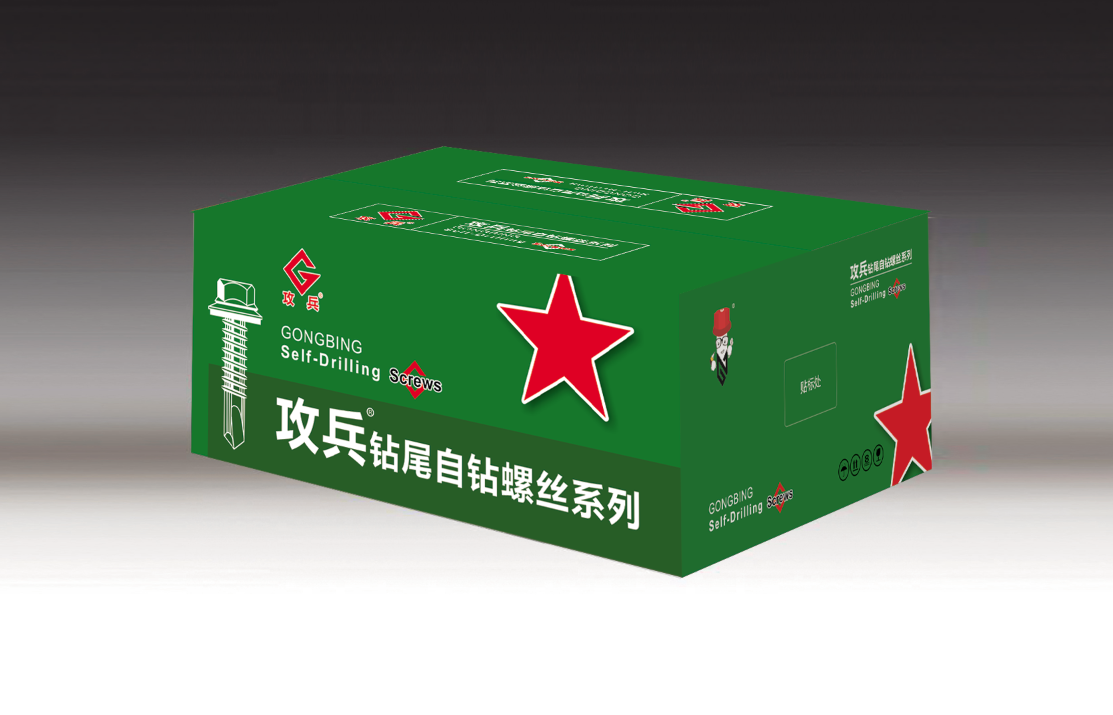Understanding Self-Drilling Threaded Anchors for Efficient Structural Applications
The Advancements and Applications of Self-Drilling Threaded Anchors
In the construction and engineering sectors, the need for reliable and efficient anchoring solutions has led to the evolution of various fastening technologies. Among these, self-drilling threaded anchors have emerged as a significant development, offering a host of advantages over traditional anchoring methods. This article explores the characteristics, advantages, applications, and future prospects of self-drilling threaded anchors.
Understanding Self-Drilling Threaded Anchors
Self-drilling threaded anchors are specialized fasteners designed to create their own hole as they are driven into the substrate. These anchors have a unique threaded design that allows them to cut through materials like concrete, masonry, and soil with minimal effort, eliminating the need for pre-drilled holes. The self-tapping feature of these anchors means they can be installed quickly and efficiently, which is particularly beneficial in time-sensitive construction projects.
Advantages of Self-Drilling Threaded Anchors
One of the primary advantages of self-drilling threaded anchors is their ease of installation. Traditional anchoring methods often require multiple steps, including drilling, clearing the hole, and then inserting the anchor. In contrast, self-drilling threaded anchors streamline this process, allowing for single-step installation, which saves on labor time and reduces potential for errors.
Moreover, these anchors provide excellent load-bearing capabilities. The threaded design enables them to create a strong mechanical connection with the substrate, making them suitable for both dynamic and static loads. This load capacity is further enhanced by the anchor’s material composition; typically, they are made of high-strength steel, which adds to their durability and resilience.
Another significant advantage is the versatility of self-drilling threaded anchors. They can be used in a variety of applications, ranging from construction of buildings and bridges to anchoring signs, light poles, and other structures in both commercial and residential settings. Their adaptability makes them a preferred choice in various environments, including challenging conditions like harsh weather, seismic zones, and extreme temperatures.
Applications
self drilling threaded anchor

Self-drilling threaded anchors find usage in multiple sectors due to their distinctive attributes. In construction, they are widely used for securing steel beams, installing concrete barriers, and setting up precast concrete elements. The ability to drill and anchor in one go reduces the overall labor costs and time involved in projects.
Another common application is in the field of geotechnical engineering. These anchors are employed to provide stability in slope stabilization, earth retention systems, and as tiebacks in retaining wall construction. Their capacity to mitigate soil movement and provide lateral support makes them invaluable in maintaining the integrity of structures situated on unstable terrain.
Additionally, self-drilling threaded anchors are gaining popularity in the solar energy sector for securing solar panel mounts. Given their strength and resistance to various environmental factors, these anchors ensure a stable installation, thereby enhancing the longevity and reliability of solar energy systems.
Future Prospects
The future of self-drilling threaded anchors looks promising as advancements in technology continue to push the boundaries of engineering. Innovations in materials science could lead to the development of even stronger and lighter anchors, which would be particularly valuable in high-demand applications. Furthermore, the integration of smart technology, such as sensors to monitor strain and load, could enhance the performance and safety of anchoring systems.
Sustainability is also becoming a focus in construction, and self-drilling threaded anchors could be developed using eco-friendly materials or methods that reduce carbon footprints. The growing emphasis on green building practices will likely spur further research and development in this area.
Conclusion
Self-drilling threaded anchors represent a significant technological advancement in the field of anchoring solutions. Their ease of installation, load-bearing capacity, and versatility make them a preferred choice across various applications, from construction to geotechnical engineering. As technology evolves, these anchors are poised to become even more efficient and sustainable, solidifying their role as an essential component in modern engineering practices. As the industry continues to innovate, self-drilling threaded anchors will undoubtedly play a key role in the development and construction of resilient infrastructures for the future.
-
Weatherproof Plastic Expansion Anchors for OutdoorLitabaJun.06,2025
-
Sustainability in the Supply Chain: Eco-Friendly TEK Screws ProductionLitabaJun.06,2025
-
Load-Bearing Capacity of External Insulation FixingsLitabaJun.06,2025
-
Double Head Bolts: Enhancing Efficiency in Industrial MachineryLitabaJun.06,2025
-
Corrosion Resistance in Chipboard Screws: Coatings for Wholesale DurabilityLitabaJun.06,2025
-
Butterfly Toggle Bolts : Enhancing Structural ResilienceLitabaJun.06,2025
